The Hilariously Ugly Animals of Medieval Art
Medieval artists didn’t always have firsthand experience with the animals they painted, and nowhere is that more obvious than in their attempts in history. In manuscripts, animal creatures can be seen with blank stares, human teeth, or bodies that resemble sacks of potatoes.
Grumpy Leopard
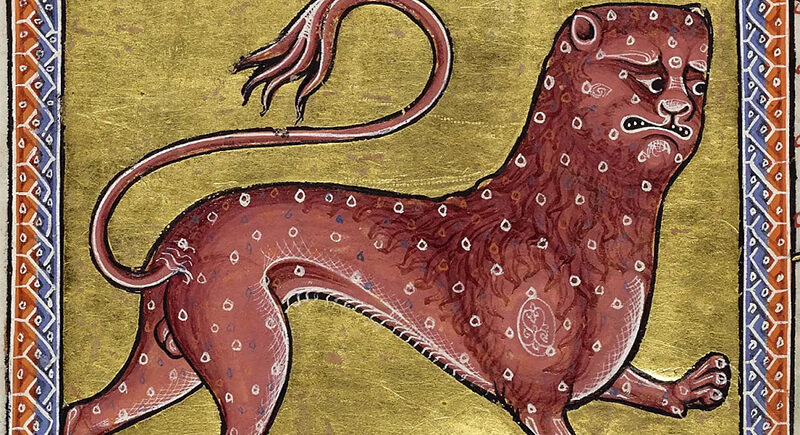
Credit: Wikimedia Commons
In the 12th-century Aberdeen Bestiary, this leopard was supposed to strike fear into its enemies. Instead, its squashed snout and sagging jaw make it look like it’s sulking after a bath. Bestiaries often valued symbolism over anatomy, so this spotted beast may have been drawn more for meaning than for zoological accuracy.
A Pig Coming Out of a Snail
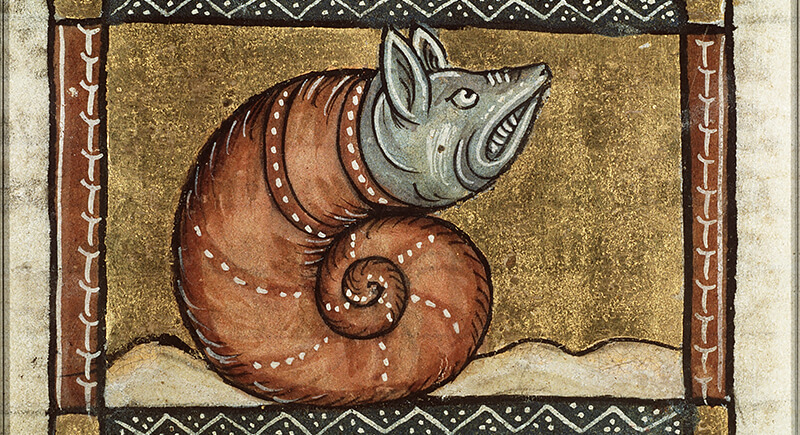
Credit: Wikimedia Commons
This creature comes from Der naturen bloeme (c. 1350), a Dutch illuminated manuscript adapted from Thomas of Cantimpré’s encyclopedia. It features what looks like a snarling pig’s head fused to a spiral snail’s shell. Medieval artists often copied from older drawings rather than life, so this may have been an attempt at a sea creature.
The Outsider Seashell
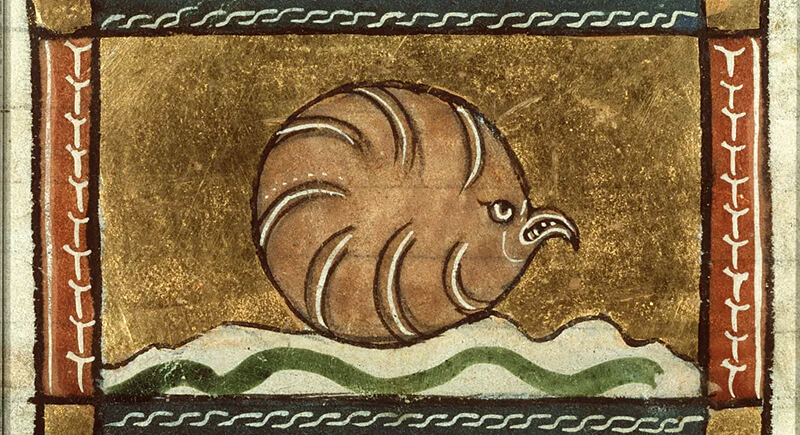
Credit: Wikimedia Commons
This 14th-century “fan mussel,” from the same Der naturen bloeme manuscript, looks like a tightly balled-up creature with a bad attitude. The snout and eyes suggest a sea animal, but everything else—especially the shell-like grooves—feels improvised.
A Whole Zoo of Questionable Animals

Credit: picryl
This 14th-century Italian illustration depicts four animals: a lion, a leopard, a rabbit, and an elephant, with wigs and freckles. Without visual references, artists often defaulted to familiar forms—here, that familiar form seems to be disgruntled humans.
What Ancient Elephant Might Look Like
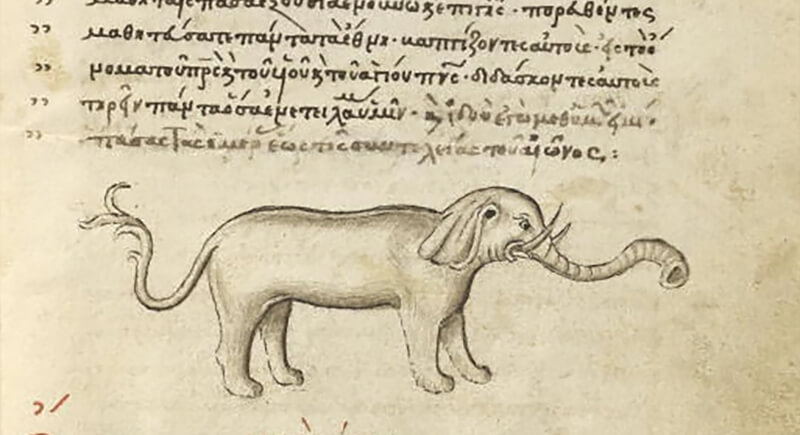
Credit: bestiary
Illustrators often cobbled together bits from memory, rumor, or other drawings. This drawing, made in Greece around 1510, revealed how unclear elephants were to some artists. The limbs and posture resemble a backyard mutt, while the “trunk” stretches like a vacuum hose.
The Beaver With a Questionable Survival Strategy
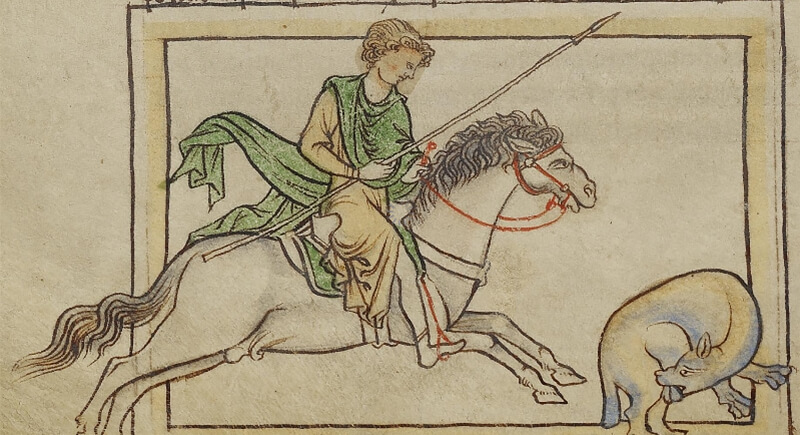
Credit: bestiary
The beaver appears mid-self-mutilation, a scene drawn from medieval lore claiming male beavers would bite off their testicles to avoid hunters. The long snout, round eyes, and floppy ears look suspiciously canine, which are common in these depictions, specifically during the 13th-century English era.
A Tiger With the Face of a Tired Poodle
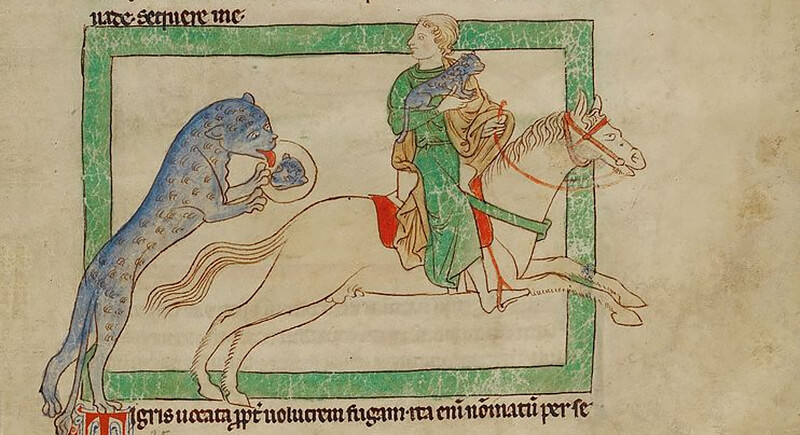
Credit: rawpixel
This mid-13th-century English manuscript features a tiger trying to reclaim its cub, except the “tiger” looks more like a blue-grey cheetah with an oddly human mouth. Artists were told that tigers could be tricked by mirrors, so this one’s snarling at its reflection.
What Are They Dealing With?
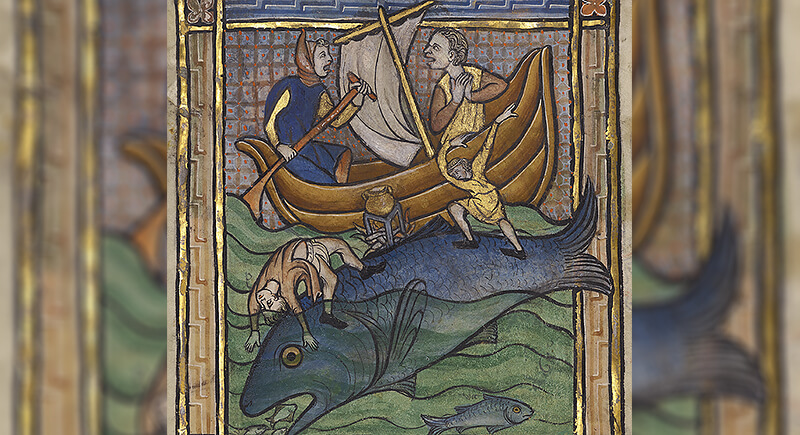
Credit: Wikimedia Commons
Medieval marine drawings often blurred lines between fact and fantasy, and this French manuscript from around 1270 shows it. Two fishermen are dealing with a massive sea creature. Its forward-facing eyes, blunt snout, and cartoon-like expression break from typical fish anatomy.
The Beaver That Forgot What a Beaver Looks Like
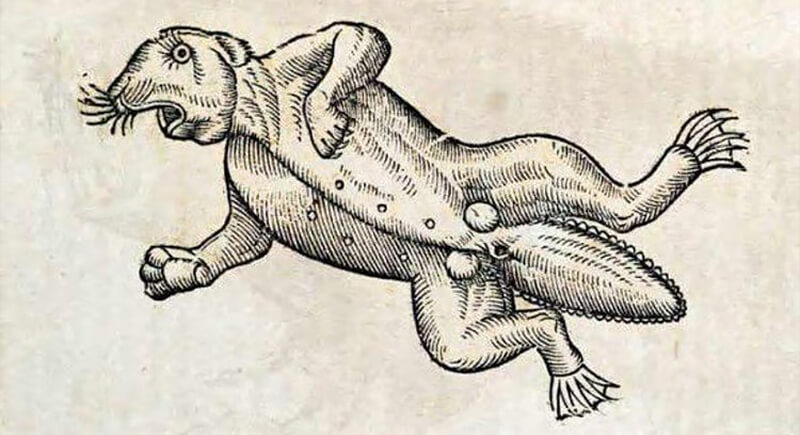
Credit: X
Edward Topsell’s 1658 version of a beaver looks like a lizard and an otter tried to merge and instantly regretted it. The creature’s sullen expression, mournful eyes, and scaly hide say more about 17th-century imagination than zoology.
A Hippo Taking Some Creative Liberties
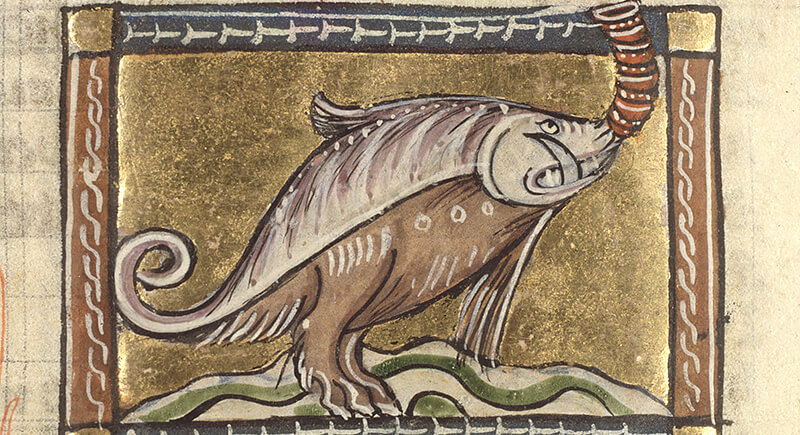
Credit: Wikimedia Commons
Jacob van Maerlant’s 14th-century “hippopotamus” might be one of medieval art’s boldest guesses. Hippos weren’t exactly roaming the canals of Bruges, so artists relied on travelers’ tales describing a beast “as big as a horse” and fond of water.